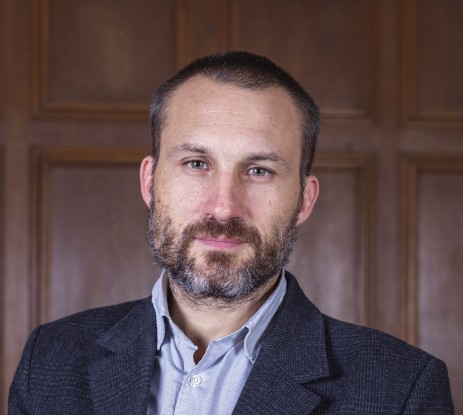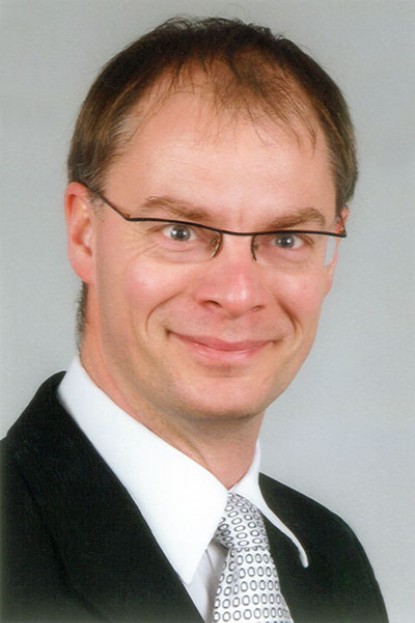| 1956 | Peter Brix becomes the first director of the IKP. |
| 1957 | Foundation of the IKP |
| 1964 | First electron beam at the “Darmstadt Linear Electron Accelerator” (DALINAC) |
| 1965 | The main building is awarded the title “Exemplary Achievement” by the State of Hesse |
| 1971 | Discovery of the “Giant Quadrupole Resonance” (GQR) by Rainer Pitthan and Thomas Walcher |
| 1974 | Achim Richter becomes director of the IKP |
| 1984 | Discovery of the “Scissors Mode” in deformed nuclei by Achim Richter |
| 1987 | Decommissioning of the DALINAC to prepare for the construction of a superconducting, recirculating, continuous-wave electron accelerator according to the design of Achim Richter |
| 1991 | Beginning of full operation of the “Superconducting-Darmstadt Linear electron Accelerator” (S-DALINAC) with two recirculations as the third superconducting electron LINAC worldwide. |
| 1997 | First observation of the fine structure of the “Pygmy dipole resonance” (PDR) by R.-D. Herzberg et al. |
| 2003-2015 | Collaborative Research Center (CRC) 634 “Nuclear structure, nuclear astrophysics and fundamental experiments with low-momentum transfer at the superconducting Darmstadt Linear electron Accelerator (S-DALINAC)” |
| 2007 | Norbert Pietralla becomes director of the IKP |
| 2013 | Establishment of the Theory Center in the building S2|11 |
| 2015 | Discovery of the competing double-gamma decay of nuclei by C. Walz et al. |
| 2015/2016 | Addition of a third recirculation to the accelerator to have the option of running an energy-recovery mode, first “multi-turn SRF-ERL” worldwide |
| since 2016 | Collaborative Research Center (CRC) 1245 “Atomic nuclei: From fundamental interactions to structure and stars” |
| since 2016 | Graduate school (GRK) 2128 “AccelencE: accelerator physics and technology for particle accelerators with energy recovery” in collaboration with Johannes Gutenberg-Universität Mainz. |
| since 2017 | Collaborative Research Center/Transregio (CRC-TR) 211 “Strongly interacting matter at extreme conditions” in collaboration with Goethe-Universität Frankfurt, Universität Bielefeld and Justus Liebig-Universität Gießen |
| 2018 | Alexandre Obertelle receives the first Humboldt professorship at TU Darmstadt |
| 2019 | Establishment of the “International Center for Nuclear Photonics” within the framework of the LOEWE program of the state of Hesse |
| 2019 | Opening of the new lecture hall in the main building |
| 2022 | Prof. Gabriel Martinez-Pinedo receives a Leibniz price from DFG |
| 2022 | Discovery of an interacting four-neutron system by Meytal Duer, Thomas Aumann et al. |
| 2025 | Alexandre Obertelli becomes director of the IKP |
| 2025 | Prof. em. Achim Richter receives the Lise Meitner Prize of the European Physical Society (EPS) |
Institute for Nuclear Physics

Institute for Nuclear Physics
Institute for Nuclear Physics
History
Since it foundation more than 60 years ago, the IKP has been on of the main institutes for nuclear physics worldwide. It has shaped itself continously to define the forefront of the field.


